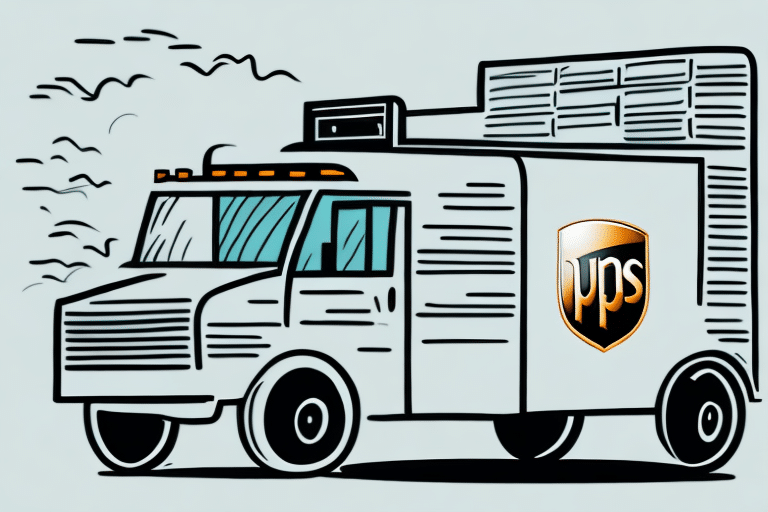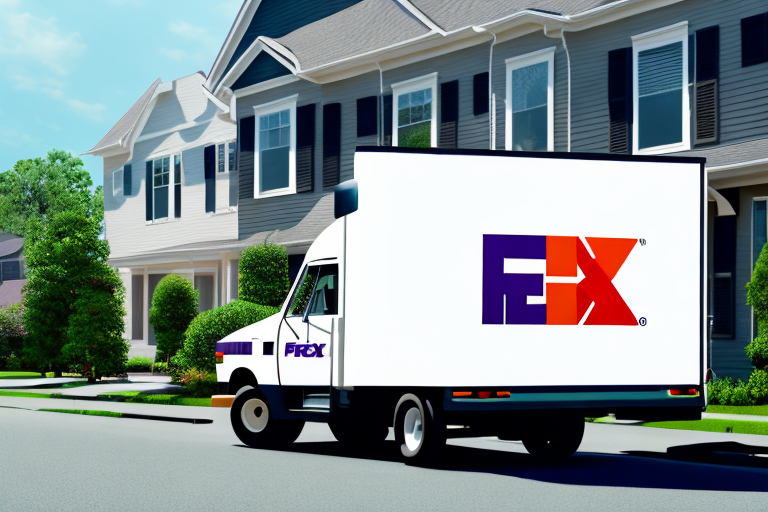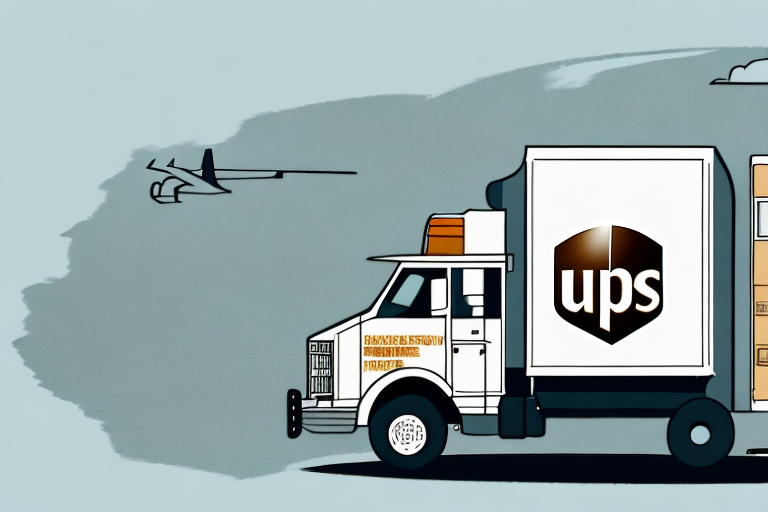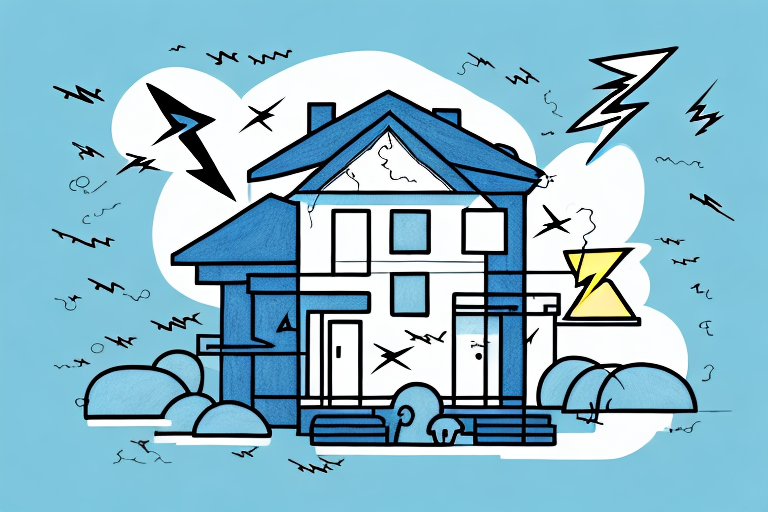Understanding the UPS Residential Surcharge for 2022
If you are a frequent sender or receiver of packages with UPS, you may have noticed an additional fee on your invoice called the “Residential Surcharge.” This fee is levied on packages that are delivered to residential addresses, and it has caused some confusion and frustration among customers. In this article, we will explain in detail what the UPS Residential Surcharge is, why it was introduced, how it affects package delivery, and how you can avoid it.
Why UPS Introduced the Residential Surcharge
UPS has been facing increasing costs to deliver packages to residential addresses as the e-commerce market has grown rapidly in recent years. According to UPS, residential deliveries require more work and resources than commercial deliveries, as drivers have to navigate complex and diverse neighborhoods, deal with security gates or apartment buildings, and make multiple delivery attempts if the recipient is not available. Additionally, residential deliveries are typically made in smaller quantities and at irregular intervals, making it harder for UPS to optimize its delivery routes and schedules. All of these factors raise the cost of delivery for UPS, and the company needed to find a way to offset those costs and maintain its profitability.
One of the ways that UPS has attempted to offset these costs is by introducing a residential surcharge. This surcharge is an additional fee that is added to the cost of delivering packages to residential addresses. The surcharge varies depending on the size and weight of the package, as well as the delivery location. UPS has stated that the surcharge is necessary to help cover the additional costs associated with residential deliveries, and to ensure that the company can continue to provide reliable and efficient delivery services to its customers.
Challenges Faced by UPS
Despite the introduction of the residential surcharge, UPS has continued to face challenges in delivering packages to residential addresses. One of the biggest challenges is the rise of porch piracy, which is the theft of packages from people’s doorsteps. This has become a major problem in recent years, as more and more people are shopping online and having packages delivered to their homes. To combat this issue, UPS has introduced a number of new initiatives, such as requiring signature confirmation for certain deliveries, offering package pickup at designated locations, and partnering with retailers to provide secure delivery options. These efforts have helped to reduce the incidence of porch piracy, but the problem remains a significant concern for both UPS and its customers.
How the Residential Surcharge Affects Package Delivery
For customers who are sending or receiving packages to residential addresses, the Residential Surcharge means an additional fee added to the shipping cost. The fee varies depending on the package weight, delivery destination, and shipping speed, but it can range from a few cents to several dollars per package. Customers who frequently send or receive packages to residential addresses may see a significant increase in their shipping costs, which can be especially burdensome for small businesses or individuals operating on a tight budget. The Residential Surcharge may also lead to longer delivery times, as drivers have to allocate more time and resources to complete each residential delivery.
Differences Between Residential and Commercial Deliveries
It’s important to note that the Residential Surcharge applies only to residential addresses, as defined by UPS’ classification. Commercial addresses, including offices, stores, warehouses, or other business locations, do not incur the surcharge. UPS defines a residential address as a dwelling or apartment where people live or sleep, regardless of whether it is a single-family house or a multi-unit building. UPS also considers any address that is not clearly identifiable as a commercial location (e.g., a business operating from a residential address) as a residential address.
The History of UPS Residential Surcharges
The Residential Surcharge is not a new fee. UPS has been implementing surcharges on residential deliveries for many years, although the specifics of the fee structure have changed over time. In 2020, UPS introduced a new set of Residential Surcharges for packages shipped during the peak season (November to January) to cope with the spike in e-commerce orders during the holiday season. The 2022 Residential Surcharge, on the other hand, applies year-round and is part of UPS’ general pricing policy.
How to Calculate the UPS Residential Surcharge
The UPS Residential Surcharge is calculated based on several factors, including the package weight, delivery zone, and shipping service level. The surcharge applies to all shipping methods, including ground, air, international, and UPS SurePost. It is important to note that the Residential Surcharge is an additional fee on top of the standard shipping rate and any other surcharges, such as fuel, residential delivery area, or address correction fees. UPS provides a detailed chart of the Residential Surcharge rates, which can be accessed on their website or via their shipping calculator tool.
Common Misconceptions About the UPS Residential Surcharge
There are several misconceptions about the UPS Residential Surcharge that we would like to address:
- The surcharge is not a new fee or a form of price gouging. As mentioned earlier, UPS has been charging residential delivery fees for many years, and the latest policy is an attempt to offset the rising costs of e-commerce deliveries.
- The Residential Surcharge does not depend on the recipient’s income, social class, or home value. The fee is based solely on the delivery address and the factors outlined above.
- The Residential Surcharge is not negotiable or avoidable by individual customers, although there are ways to reduce its impact, which we will cover in the next sections.
How to Avoid the UPS Residential Surcharge
While you cannot avoid the Residential Surcharge entirely, there are several strategies you can use to minimize its impact on your shipping costs:
- Consider redirecting your packages to a nearby UPS Access Point location, such as a locker, store, or authorized dealer. These locations are typically commercial addresses and do not incur residential surcharges.
- Use UPS My Choice or UPS Delivery Instructions to schedule your package deliveries at a convenient time or location, such as your workplace or a friend’s house. This can reduce the chances of missed deliveries or multiple delivery attempts, which can increase the surcharge.
- Consider using other shipping services or carriers that do not charge residential delivery fees, although it’s important to compare their rates and quality of service.
The Impact of the UPS Residential Surcharge on Small Businesses
The Residential Surcharge can have a significant impact on small businesses that rely on e-commerce sales and home-based operations. According to a survey conducted by the National Small Business Association, 36% of small businesses reported that the Residential Surcharges have raised their shipping costs by more than 10%. This can lead to reduced profit margins, higher product prices, or decreased competitiveness with larger retailers. Small businesses may consider passing on the cost to their customers, but this can also affect customer loyalty and satisfaction. The Residential Surcharges may also deter small businesses from expanding to new markets or serving remote customers, which can limit their growth prospects.
The Future of UPS Residential Surcharges
As the e-commerce market continues to grow and evolve, it’s likely that UPS will face further challenges in delivering packages to residential addresses. The company may need to adjust its pricing strategies or service offerings to stay competitive and profitable, while still providing a high level of service to customers. UPS has indicated that it will review and update the Residential Surcharge policies periodically to reflect market changes and customer feedback. It’s also possible that other carriers will follow UPS’ lead and introduce similar surcharges or fees for residential deliveries, which could impact the entire shipping industry.
Comparison of UPS and Other Carrier’s Residential Surcharges
It’s worth noting that UPS is not the only carrier that charges Residential Surcharges or equivalent fees for residential deliveries. FedEx and the USPS also have their own policies and fees for residential packages, although they may differ in structure and amount. For example, FedEx charges a Residential Delivery fee of $4.20 per package for ground shipments, while the USPS charges a non-machinable surcharge of $0.35 for First-Class Mail items that cannot be processed by its sorting machines. It’s important to compare the surcharge policies and rates of different carriers when choosing a shipping provider, especially if you frequently ship to residential addresses.
Understanding the Fine Print: Hidden Fees in UPS’ Residential Surcharge
While the Residential Surcharge is a relatively straightforward fee, there are some hidden charges and conditions that customers should be aware of:
- The surcharge may vary based on the delivery date, especially during the peak season or holidays.
- UPS may charge an Additional Handling fee of $16.00 per package for shipments that require special handling, such as those that are over 70 pounds, exceed certain dimensions, or have fragile contents.
- The Address Correction fee, which is levied on packages with incorrect or incomplete addresses, may also increase the total surcharge.
It’s important to read the fine print of UPS’ shipping policies and consult with a customer service representative if you have any questions or concerns.
How to Negotiate with UPS on Your Residential Surcharges
While the Residential Surcharge is generally non-negotiable for individual customers, it may be possible to negotiate a better deal for larger shippers or businesses. UPS offers customized pricing options and incentives for high-volume customers or those who use multiple services. By working closely with a UPS account manager or seeking quotes from other carriers, you may be able to reduce the impact of the Residential Surcharge on your shipping costs. It’s also important to review your shipping patterns and consider optimizing your packaging, delivery schedules, or routing to reduce the need for residential deliveries.
The Effect of COVID-19 on UPS’ Residential Surcharges
The COVID-19 pandemic has had a significant impact on the shipping industry, including UPS’ surcharge policies. Due to the surge in e-commerce orders and the strains on the delivery network, UPS and other carriers have imposed temporary surcharges or peak season fees on certain shipping methods or destinations. The Residential Surcharge has also been increased or expanded during the pandemic, as more people have been staying at home and ordering goods online. For example, UPS added a 30-cent surcharge on all ground residential deliveries and a 30-cent surcharge on SurePost packages during the 2020 peak season. It’s unclear if or how the pandemic will affect UPS’ Residential Surcharge policies in the future, but customers should be prepared for potential changes or updates.









